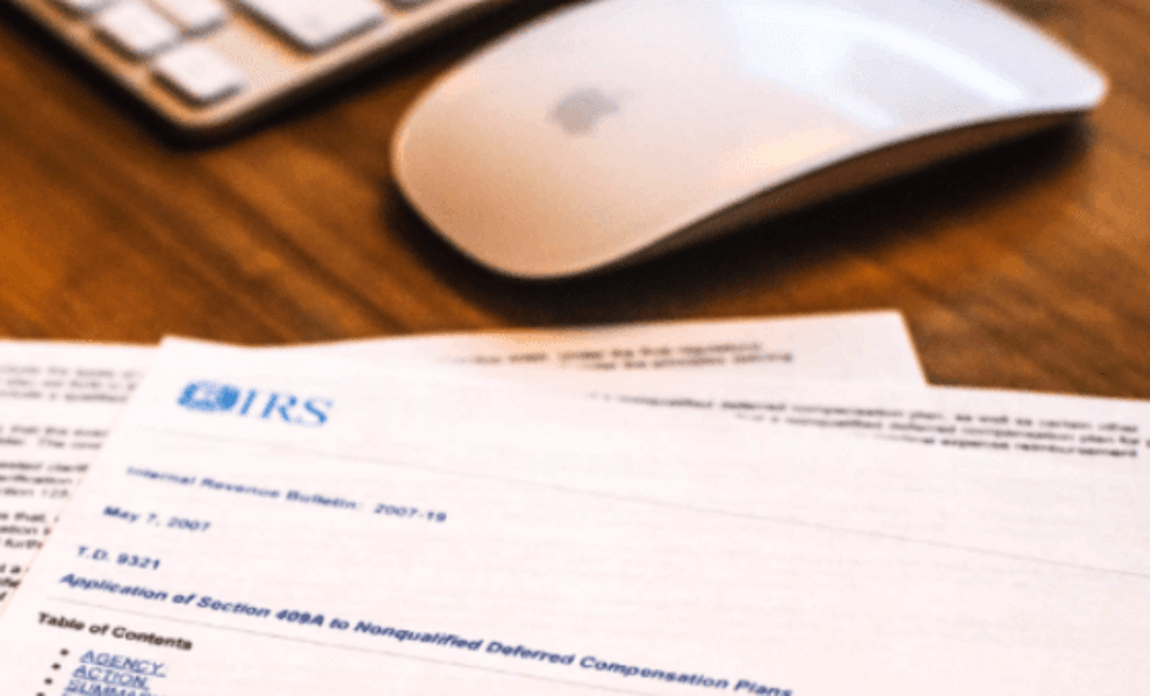Can bootstrapping tech entrepreneurs claim the R&D tax credit?
Table of contents

Startup R&D tax credits changed dramatically starting the tax year 2016. Traditionally, these tax credits were calculated and saved up against a Corporation’s annual tax forms. For startups that aren’t yet profitable, that meant that they would only benefit from these tax credits once they became profitable in future years.
The PATH (Protecting Americans from Tax Hikes) Act of 2015 has changed all of that. Regulators acknowledged that the old R&D tax credits weren’t appetizing to founders if it only promised a potential future benefit that may never be realized. And so the R&D tax credit has been revised to give more instant gratification: R&D tax credits generated in 2016 can be used to offset payroll taxes come mid-2017.
In prior years I’ve sometimes told my clients that the cost of performing an R&D tax credit study would outweigh the benefit. Now that you can claim these credits almost immediately and against your payroll taxes, I highly recommend that every eligible startup engage in an R&D Tax Credit payroll offset.
Why should I have my startup file for the R&D tax credit payroll offset?
***IT SAVES YOU DIRECT $$$ NOW!!!***
Up to $250,000 per year for up to 5 years!
Am I eligible? Can any startup apply for the R&D tax credit payroll offset? What defines Research & Development?
Unfortunately, not every company is eligible. You must be creating something new, and by new I mean pass the IRS’ 4 Part Test. Your R&D must be:
- Specific: no mindless tinkering allowed. The project must be defined.
- Eliminate Uncertainty: must be contributing real scientific advancement, not just proving existing knowledge.
- Experimental: either have a scientific method or trial and error process.
- Technical: the work must be grounded in the hard sciences like biology or engineering.
Are there any R&D activities that don’t qualify?
- Research after commercial production
- Adaptation of existing business components
- Duplication of existing business component
- Reverse Engineering
- Surveys & studies
- Computer software for internal use
- Foreign research
- Research in the Social Sciences, Arts, Humanities, etc.
- Funded research
Is my startup eligible for the R&D tax credit payroll offset?
- The startup must have qualifying R&D expenses (see definition below).
- The startup must be new; only startups that have generated revenue for 5 years or less can claim the new tax credit. If you had receipts prior to 2012, then you’re ineligible.
- The startup must have less than $5 million in revenue in 2016 and each subsequent year that you claim the payroll offset.
What qualifies as a R&D Expense? What goes into the calculation?
- Wages: but only for those people who engage in R&D activities.
- Subcontractors engaged in R&D: ‘nuff said.
- Supplies: only include direct supplies that were related to the R&D project and weren’t classified as an asset.
- Computer Leases/Rentals: we rarely see this…
How do I claim the R&D tax credit payroll offset?
First file the R&D tax credit on Form 6765 (Credit for Increasing Research Activities) which is a part of your 2016 annual corporate form 1120 (US Corporation Income Tax Return). Then claim your R&D tax credit on payroll tax form 941 (Employer’s Quarterly Federal Tax Return); you’ll need to work with your payroll processor to make this happen. We love working with Gusto, but just about every major payroll processor should be able to help.
When should I file the R&D tax credit payroll offset?
In early 2017, after you’ve closed out your 2016 books. Work with your CPA on an R&D tax credit study: once you’ve determined what your tax credit will be, add it to your 2016 annual corporate form 1120 and file the return. In the quarter following your 1120 filing, you can start applying those tax credits to your payroll taxes. For example, if you file your Form 1120 by March 15th, the first payroll tax offset you would receive is for Q2 2017.
How much will my startup really save by implementing the startup R&D tax credit payroll offset?
~10% of eligible R&D costs, up to $250,000 per year, for 5 years.
Caveat: this article is intended as general guidance for startups and it doesn’t substitute the need to work with a professional. It’s also a high level overview and is in no way complete. Your company is unique; talk to your CPA.
Table of contents
Also read
Recent questions
Top viewed questions
- What happens if the IRS audits me and I do not have the receipt for an expense (assuming it was a legitimate expense)?
- How should convertible note financing be handled on the balance sheet?
- How do startups account for equity and fundraising on the Balance Sheet?
- For startups incorporating in Delaware, what firms are good registered agents to use?
- 2025 Founder Salaries by Stage











